Patek Philippe Takes New York
If you've been anywhere near NYC since the beginning of the summer then you probably noticed all the ads touting the Patek Philippe Art of Watches Grand Exhibition, which just opened to the public at Cipriani 42, across from Grand Central Terminal. To call this exhibition "grand" is to grossly understate the situation, as the installation is nothing short of mind-blowing. Even folks with only a passing interest in horology will find this a fascinating experience. ––––––––––––––––––––––––––––––––––––––––––––––––––
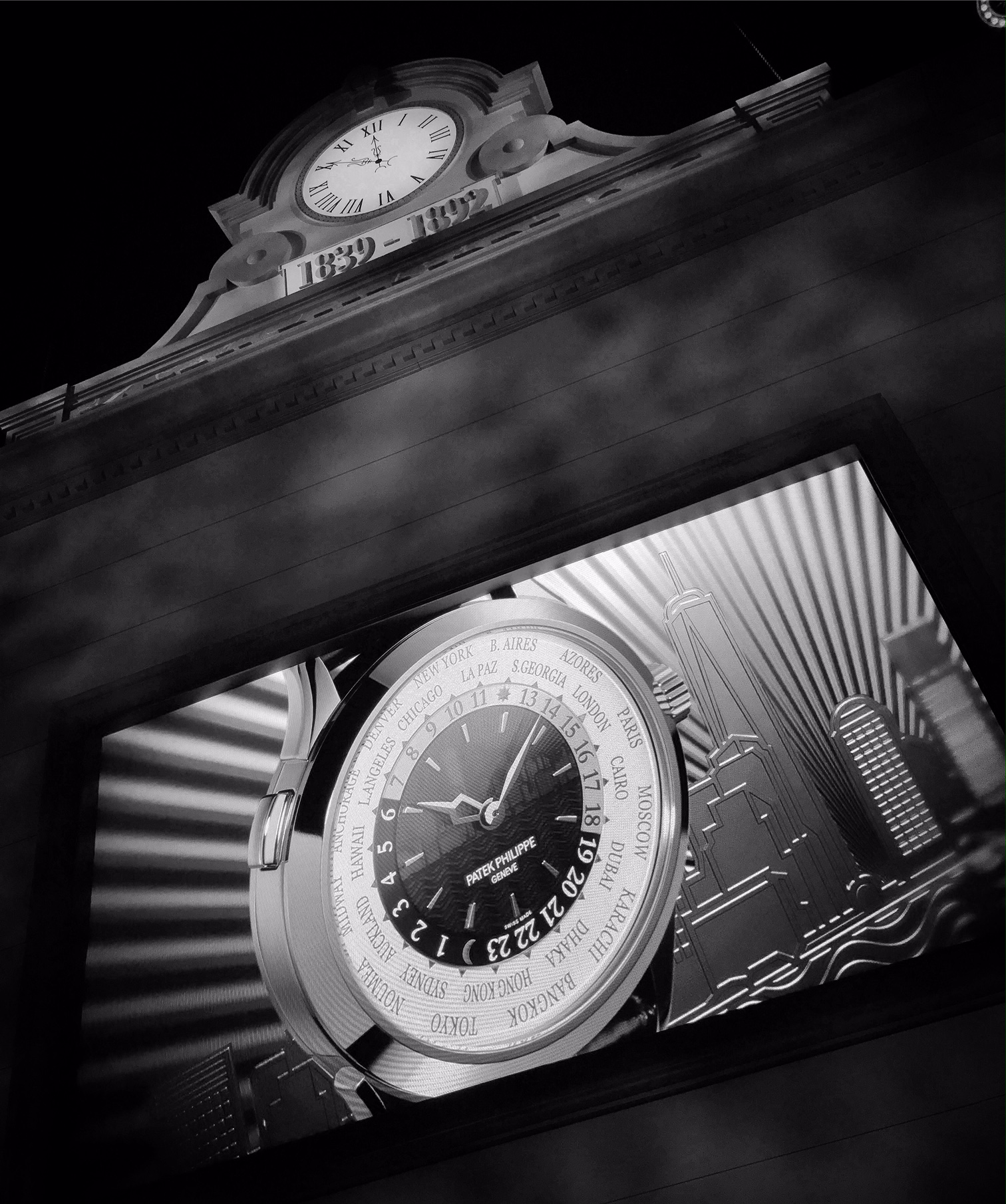
So, where to begin? As you enter the space, the first thing you're presented with is the imposing facade of their home in Geneva, which has been faithfully recreated within Cipriani. That's right, Patek Philippe actually built an entire structure within the event space, which takes the visitor on a journey through the history and various aspects of the manufacture. (It should be noted here that you can download a comprehensive companion app to your iPhone or Android phone.)
Before you enter, however, first pay a visit the theater, which shows a short film about the history of Patek through the years. From there, you exit to the sensibly named "Current Collection Room" which features each and every piece from their present catalog. (Except for grand complications, but more on that later...)
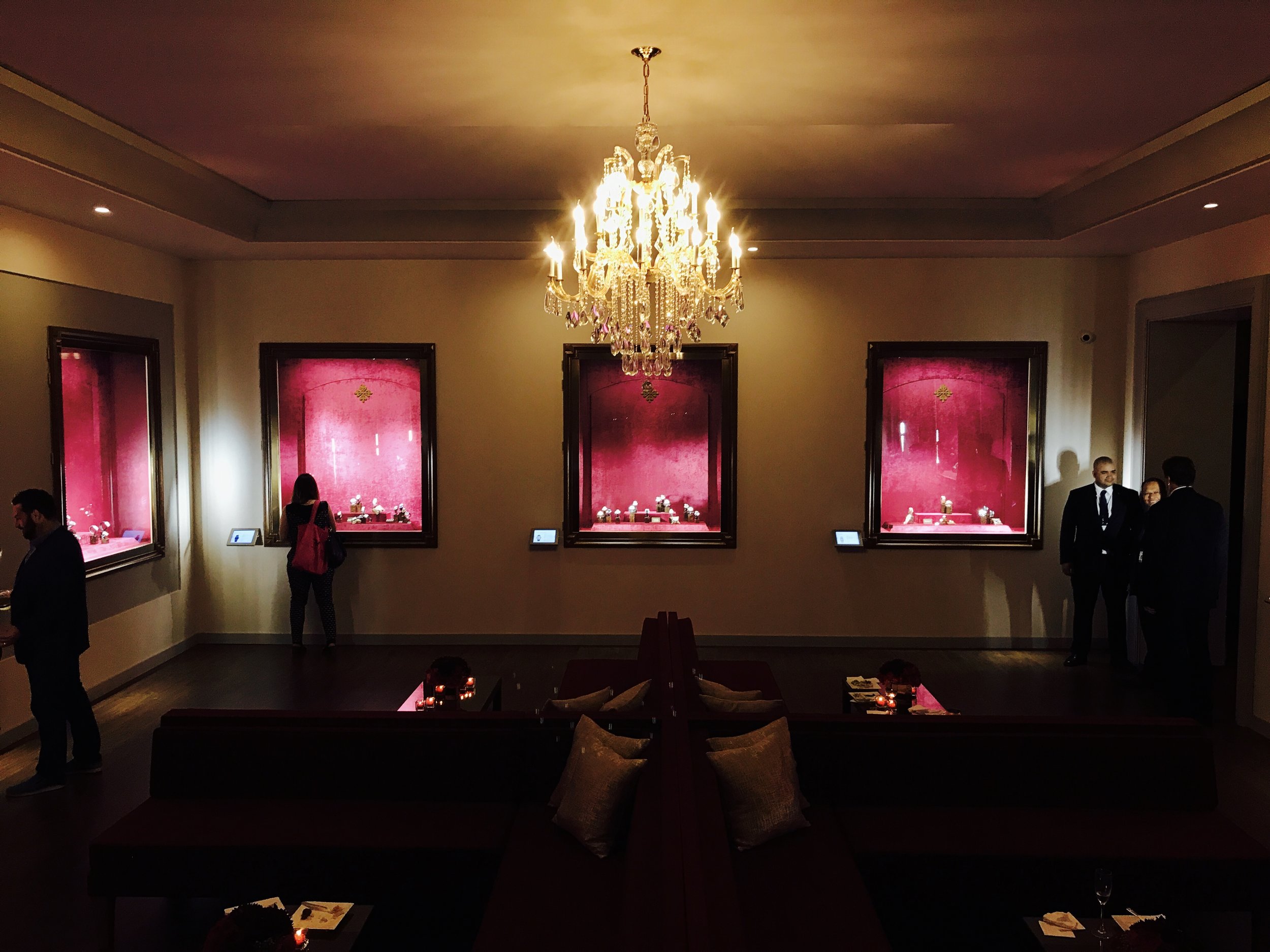
Honestly, if this were all that was on display that would certainly be impressive enough, but it merely serves to whet your appetite for what's to follow.
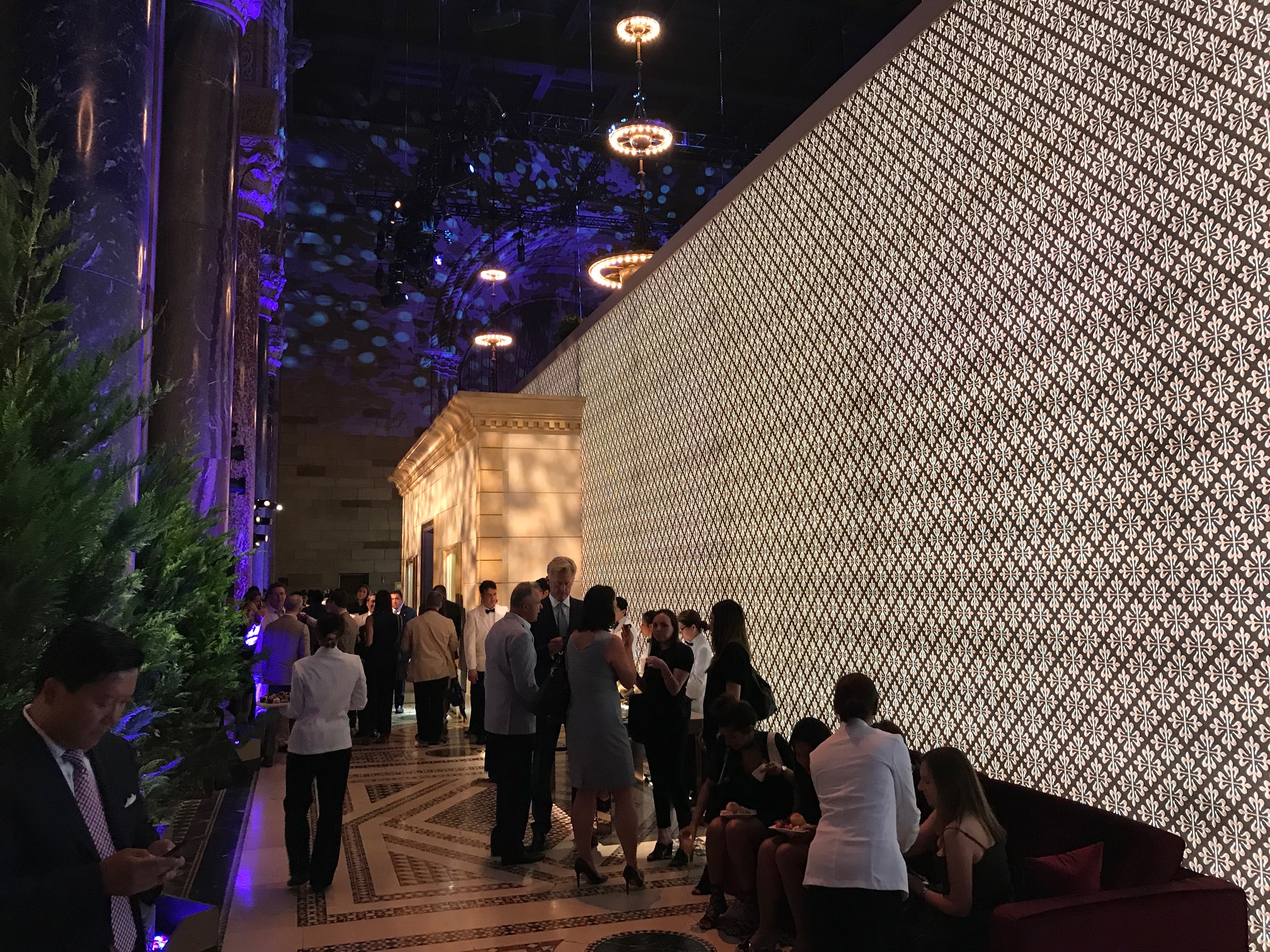
When you first enter the "maison", you're presented with a recreation of the Salon Napoléon at their Geneva headquarters famous, replete with a looping video of the Rhône and Lac Leman, which can be viewed through the floor to ceiling "windows". This is also where you can view the "New York Grand Exhibition Special Editions", including the Pilot's Calatrava, the 5522a (yes, "a" as in acier – it's steel). Only 600 will be made, all of which have been allocated to the US market.
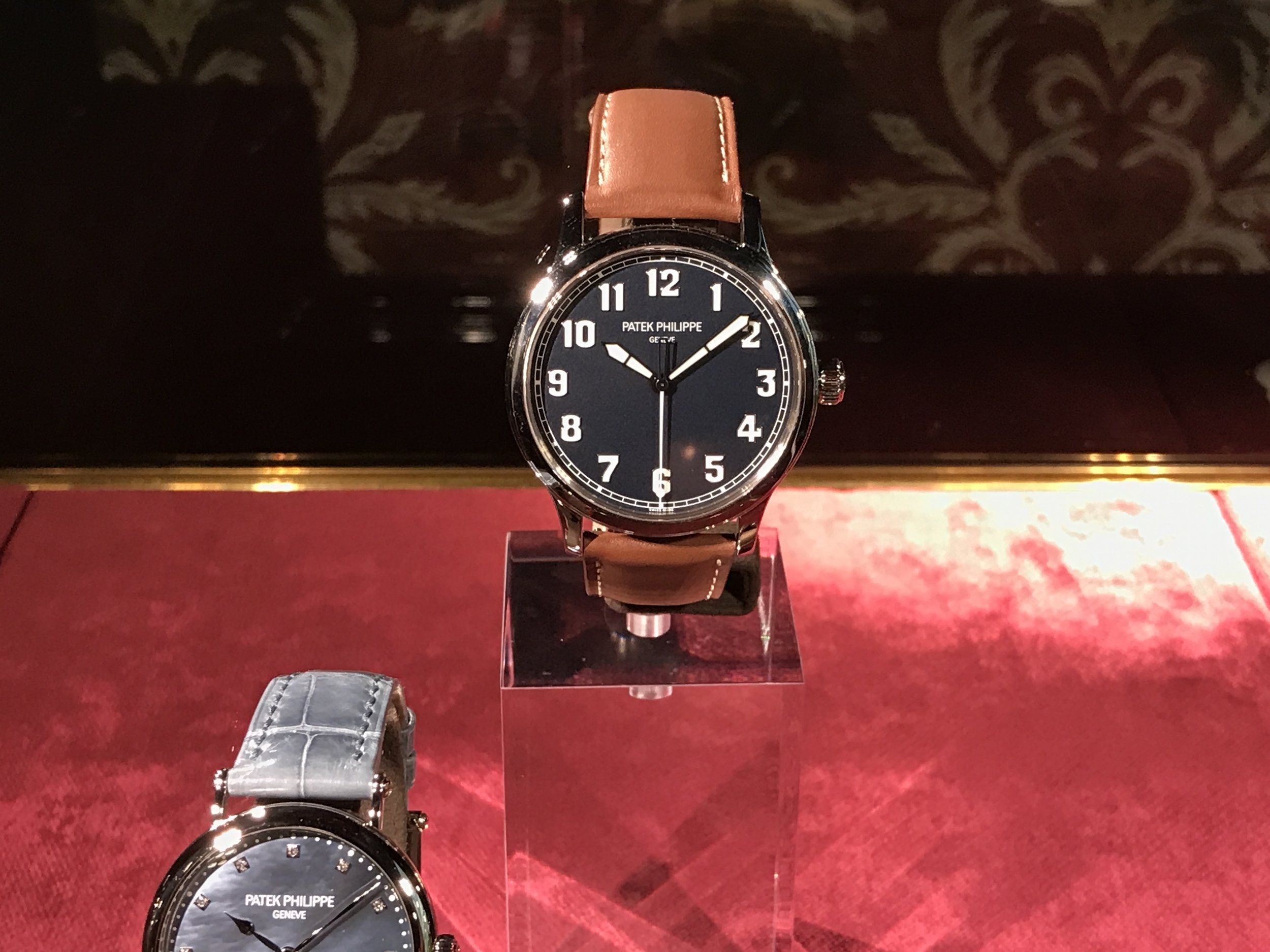
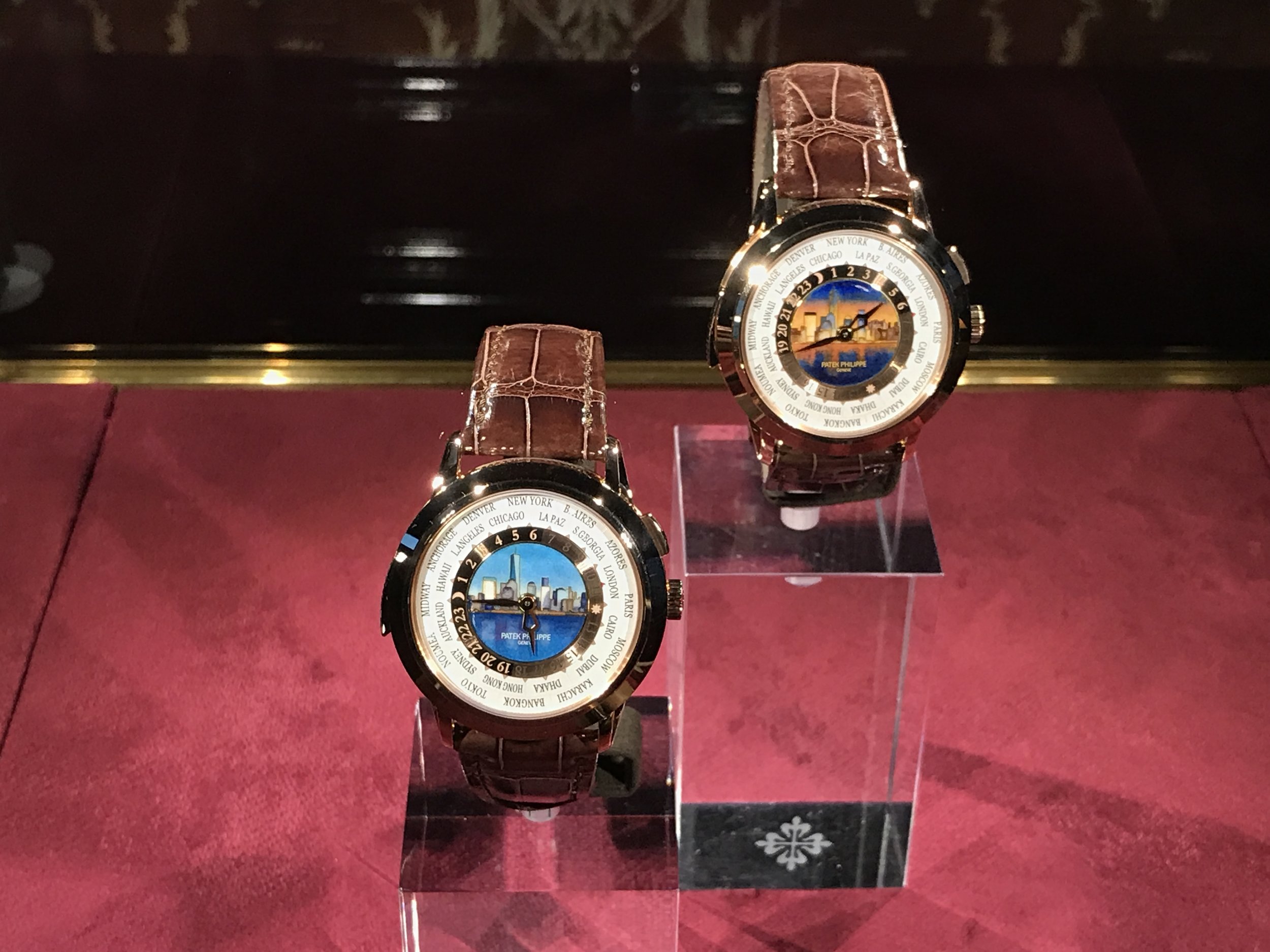
The NYC-edition ref. 523 World Time is even more limited at 300 pieces, and twice as hard on the wallet, too. (As for the absolutely stunning ref. 5531 and ladies ref. 7000/250 worldtimer minute repeaters , well, they're unobtainium for most of us mere mortals, but they're still here in all their glory to torture your soul.)
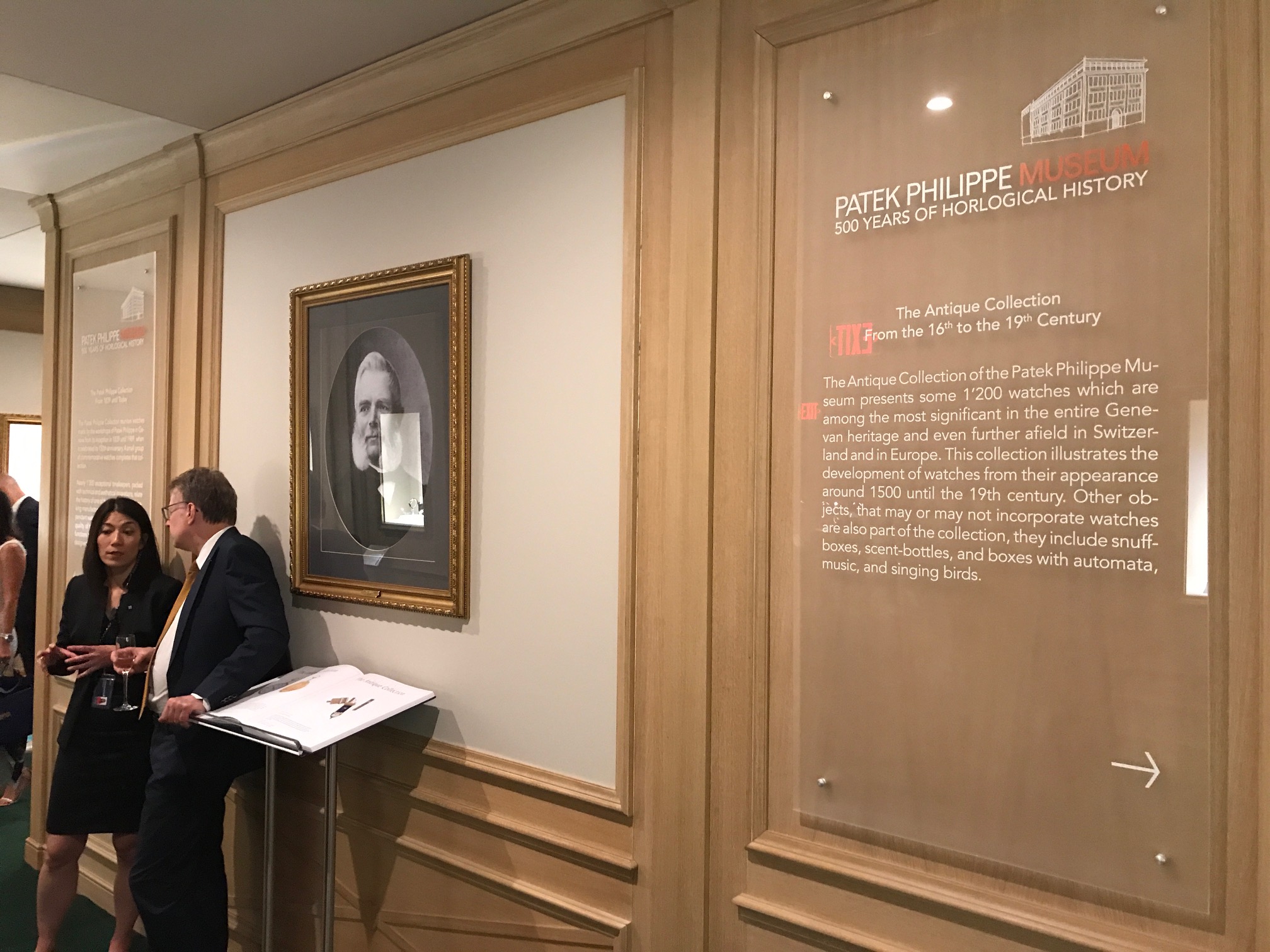
From the salon you walk into the "Museum", where you can view all the historic pieces on loan from their eponymous gallery in Geneva. It's worth noting here that this exhibition marks the first time that so many pieces from the museum have been shown outside of Switzerland. (Over 100, in fact, while in total there are over 450 watches on display throughout the entire exhibit.)
Pieces of note include the first perpetual calendar wristwatch, a proper leap year perpetual calendar pocket watch, the utterly bonkers Star Caliber 2000 pocket watch and even Queen Victoria's pendant watch, which has the distinction of being one of the first timepieces to forsake the winding key in favor of a crown.
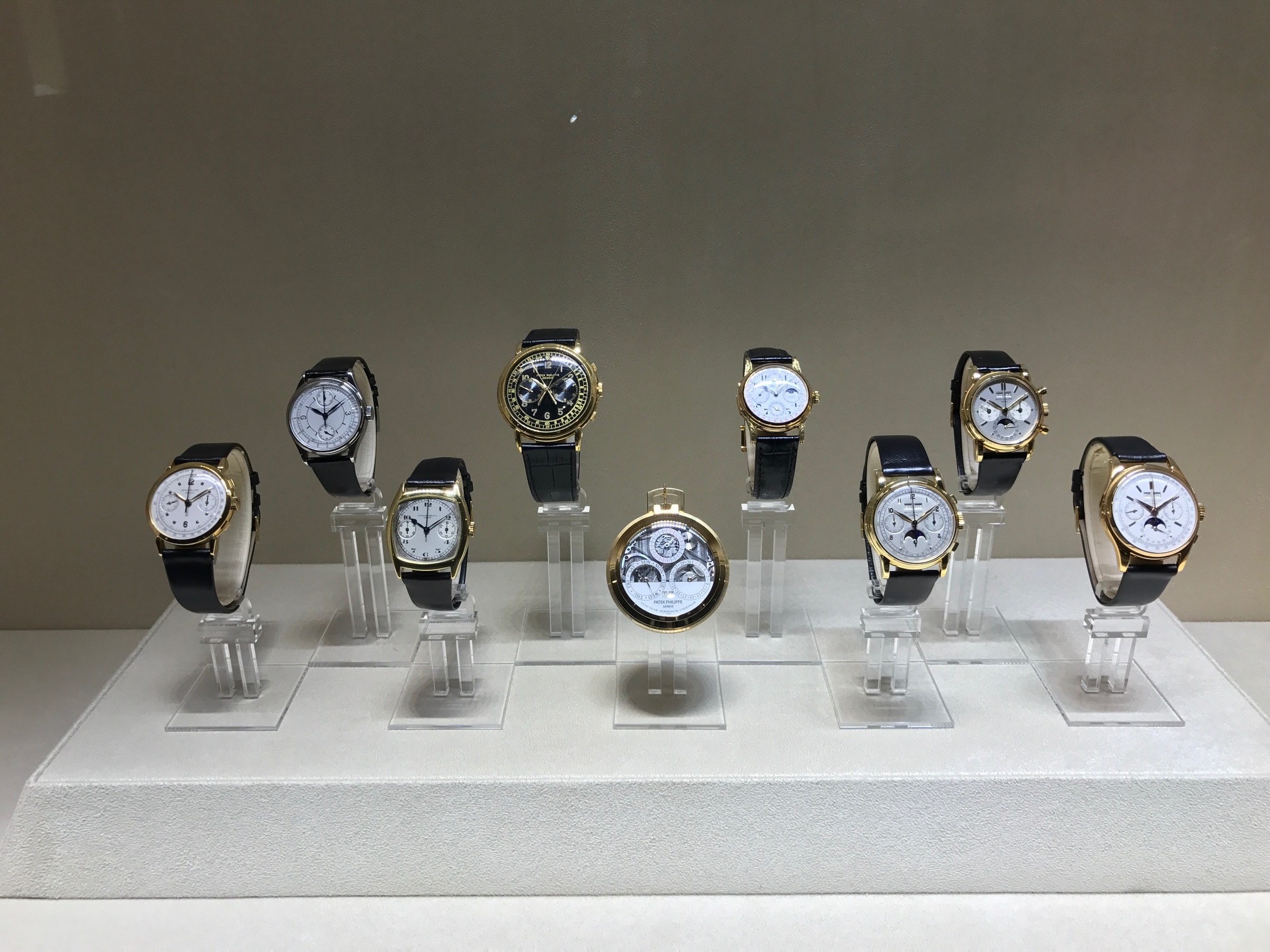
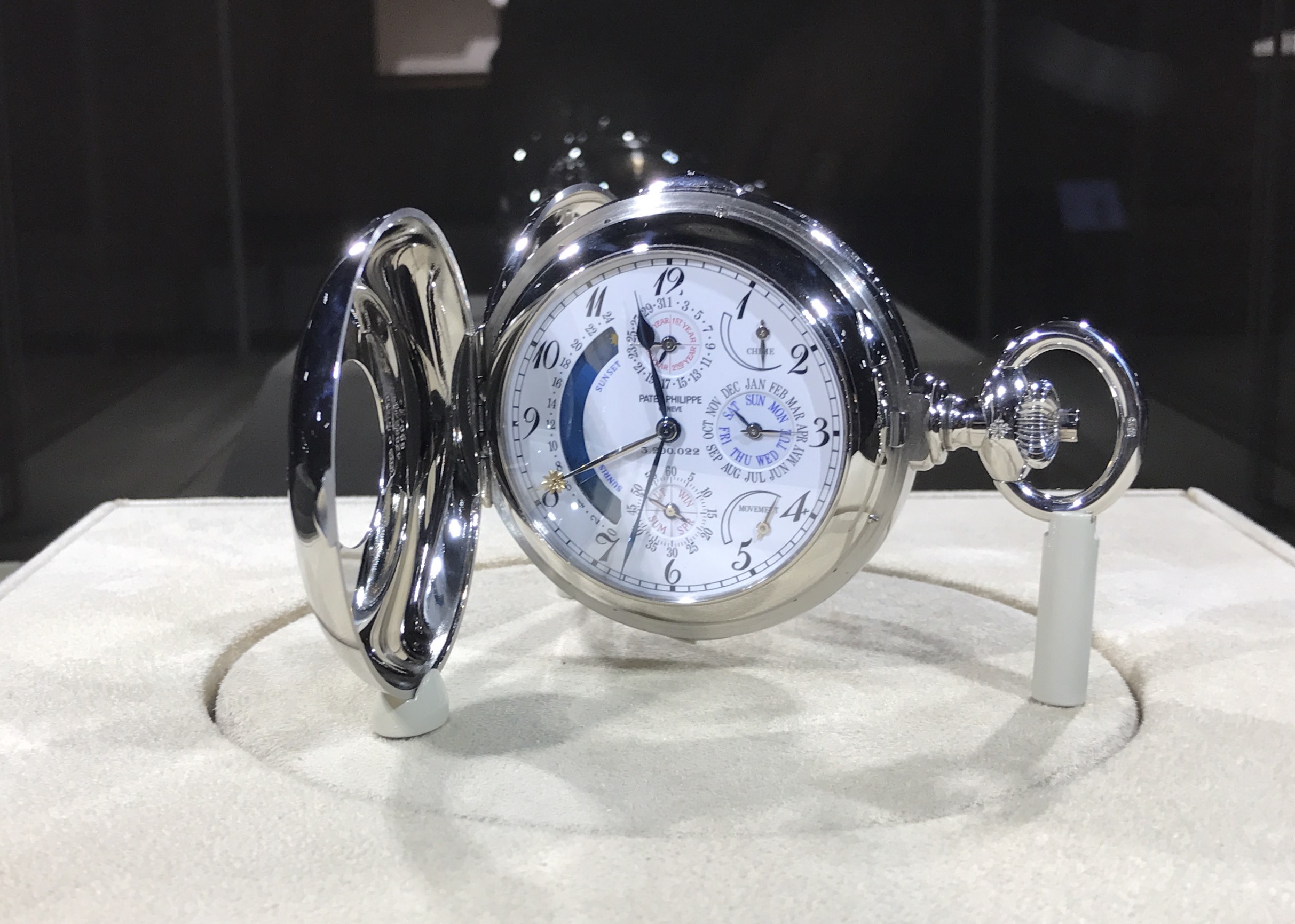
The next stop is the "U.S. Historic Room", which pays homage to Patek's unique history with the United States beginning in 1935, when Henri Stern opened their first office in Rockefeller Center.
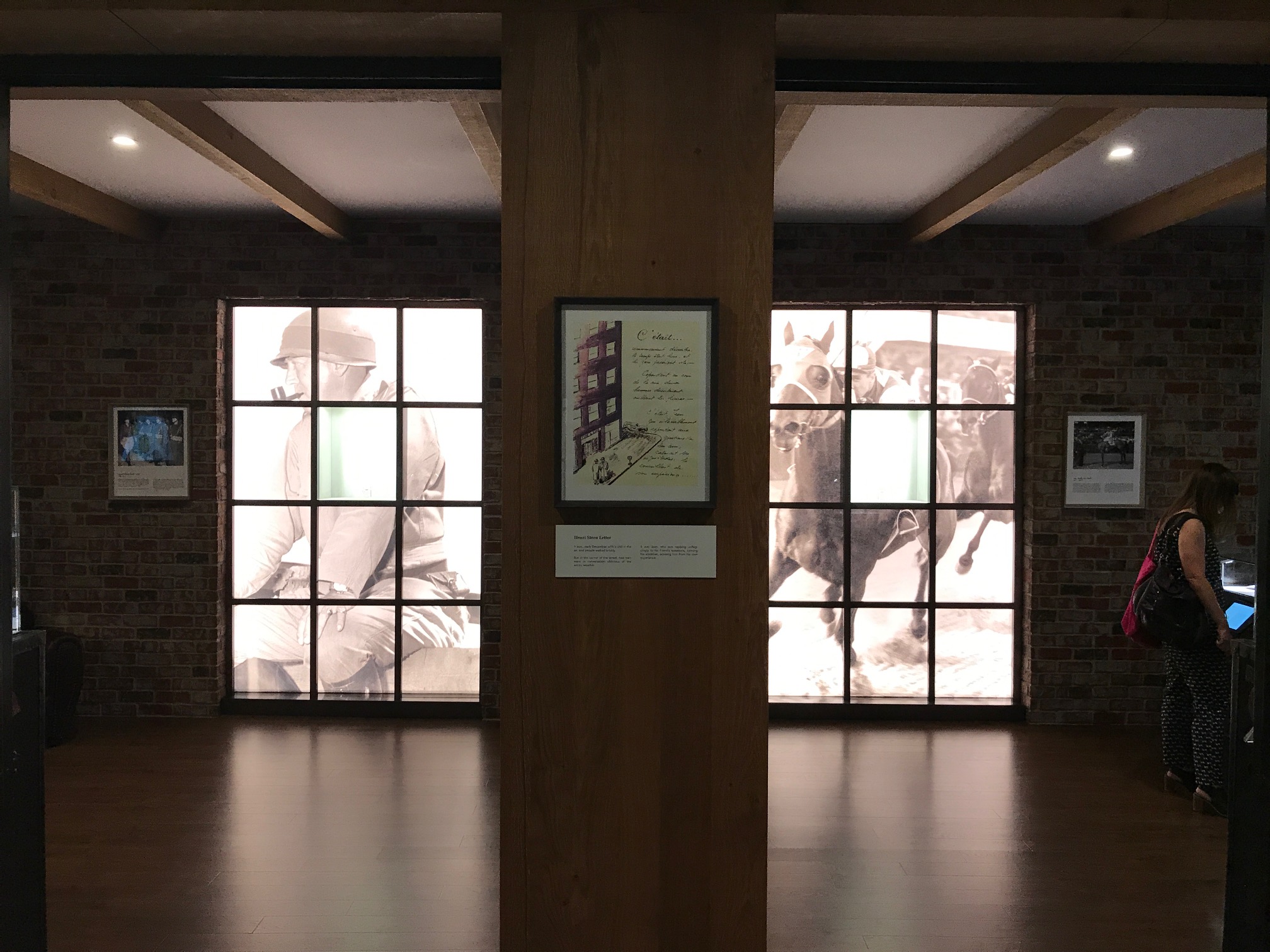
On display you'll find pieces from notable Americans, including Duke Ellington's rattrapante, Joe DiMaggio's chronograph and a table clock that belonged to John F. Kennedy. My personal favorite, however, is Patek's first minute repeater wristwatch, which was owned by Ralph Teetor, a blind automotive executive and inventor.
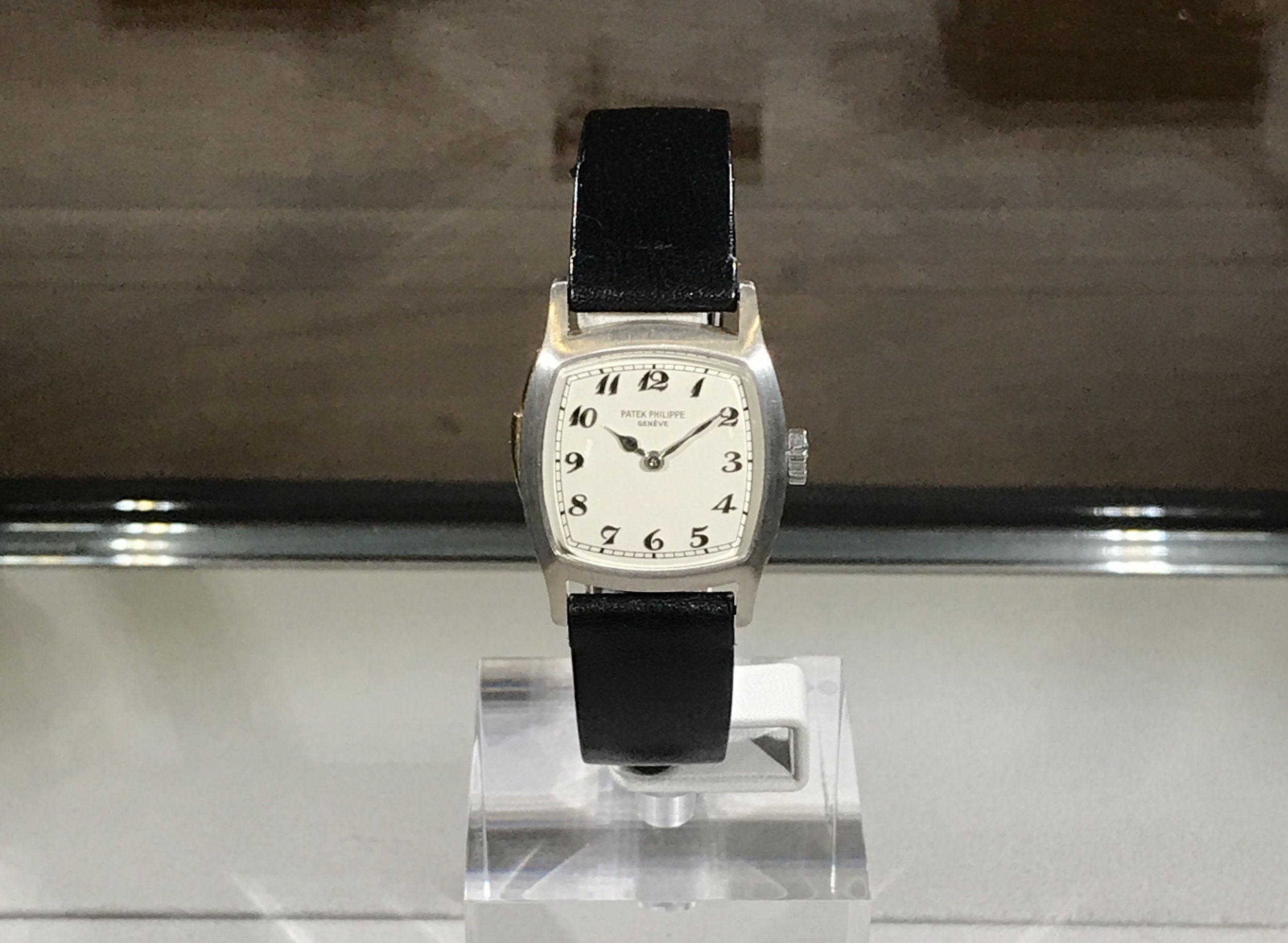
From here it's on to the "Rare Handcrafts Gallery", which not only features examples of the manufacture's expertise in the art of gem setting, engine-turning, enameling, engraving and marquetry, but also features the artisans themselves, who are practicing their respective crafts on site.
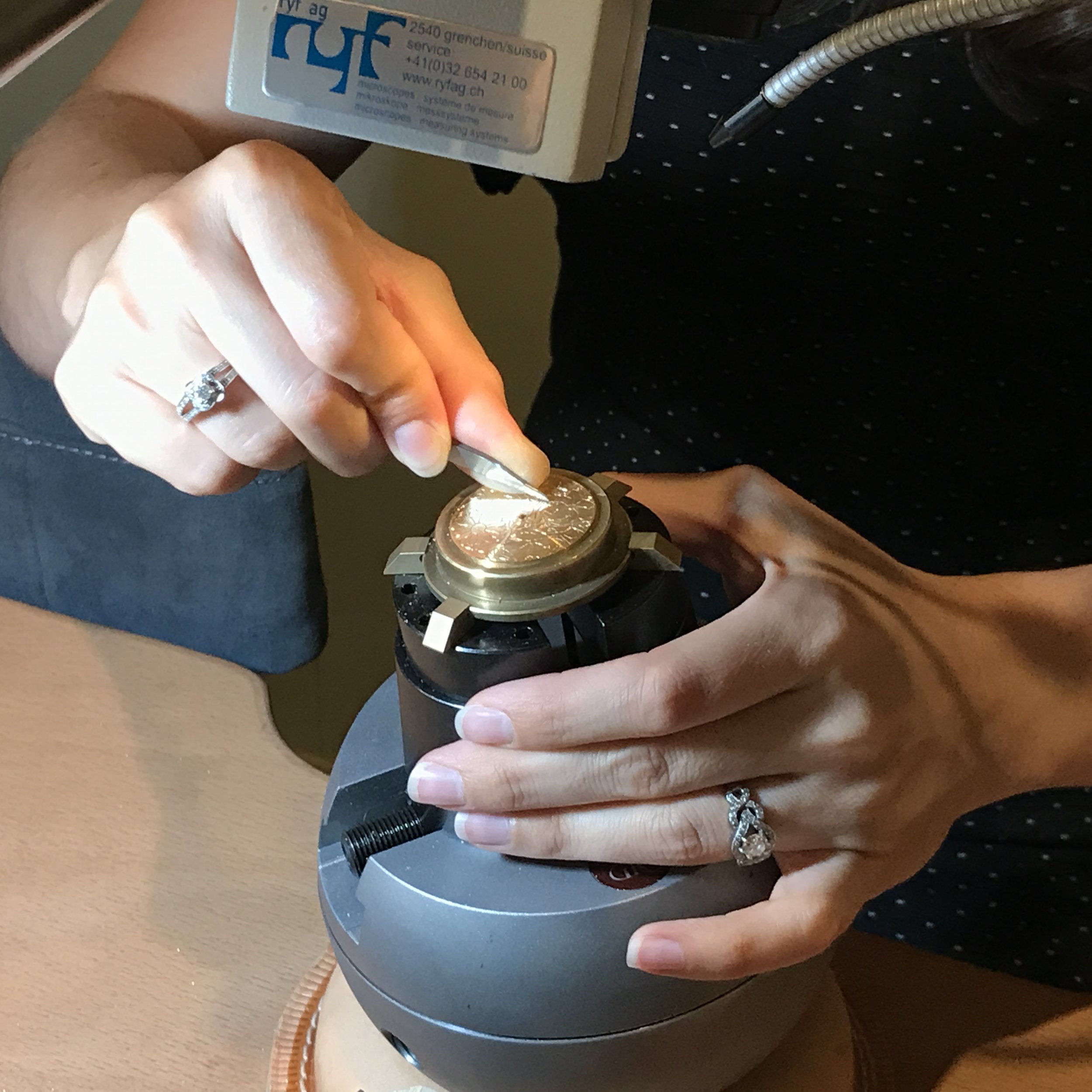
In particular, I have to single out marquetry, given the painstaking, intricate process that it takes to create scenery and images out of ridiculously tiny pieces of multi-grained wood. Believe it or not, but Individual dials can comprise over 600 unique pieces of wood before complete.

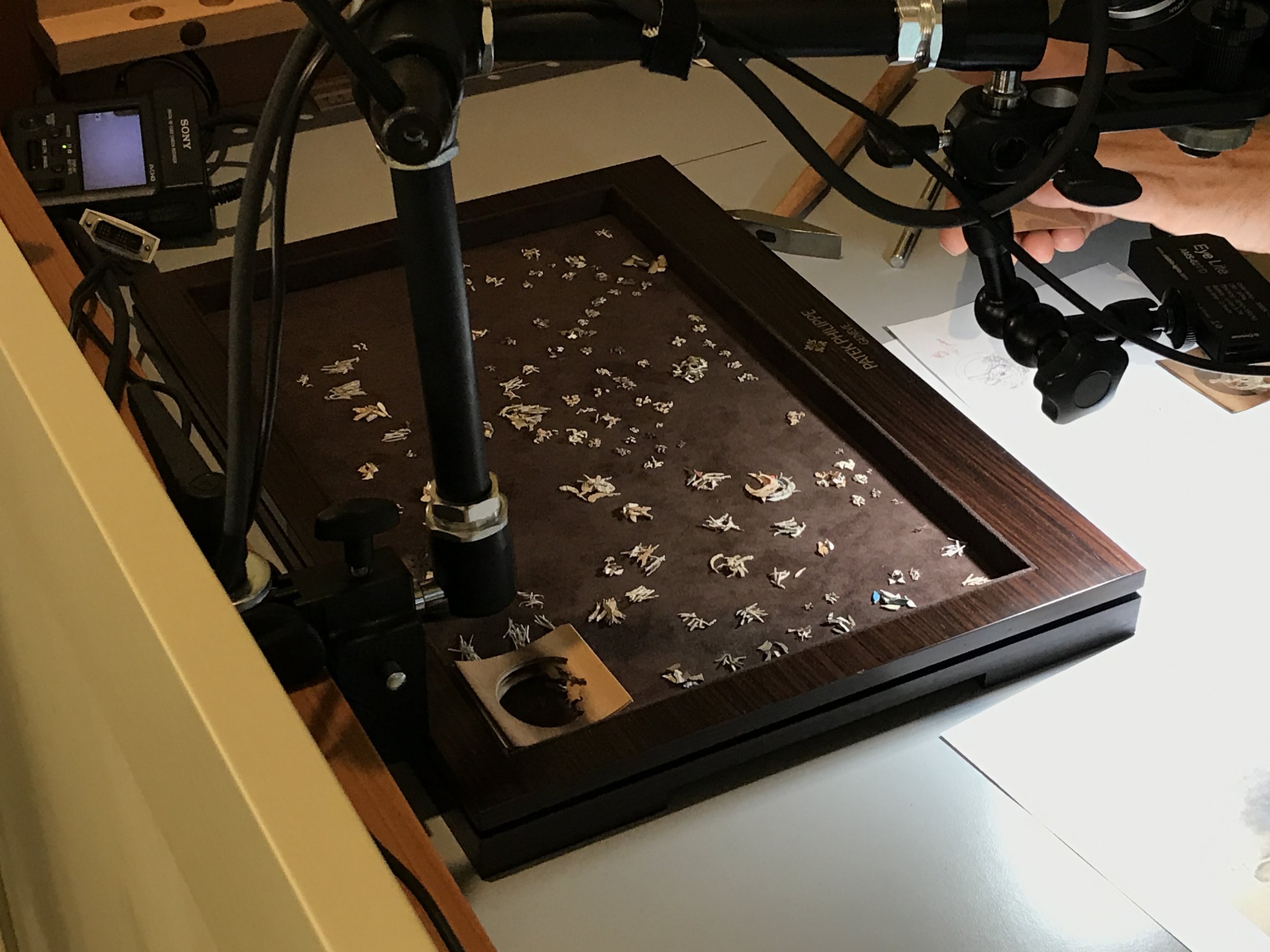
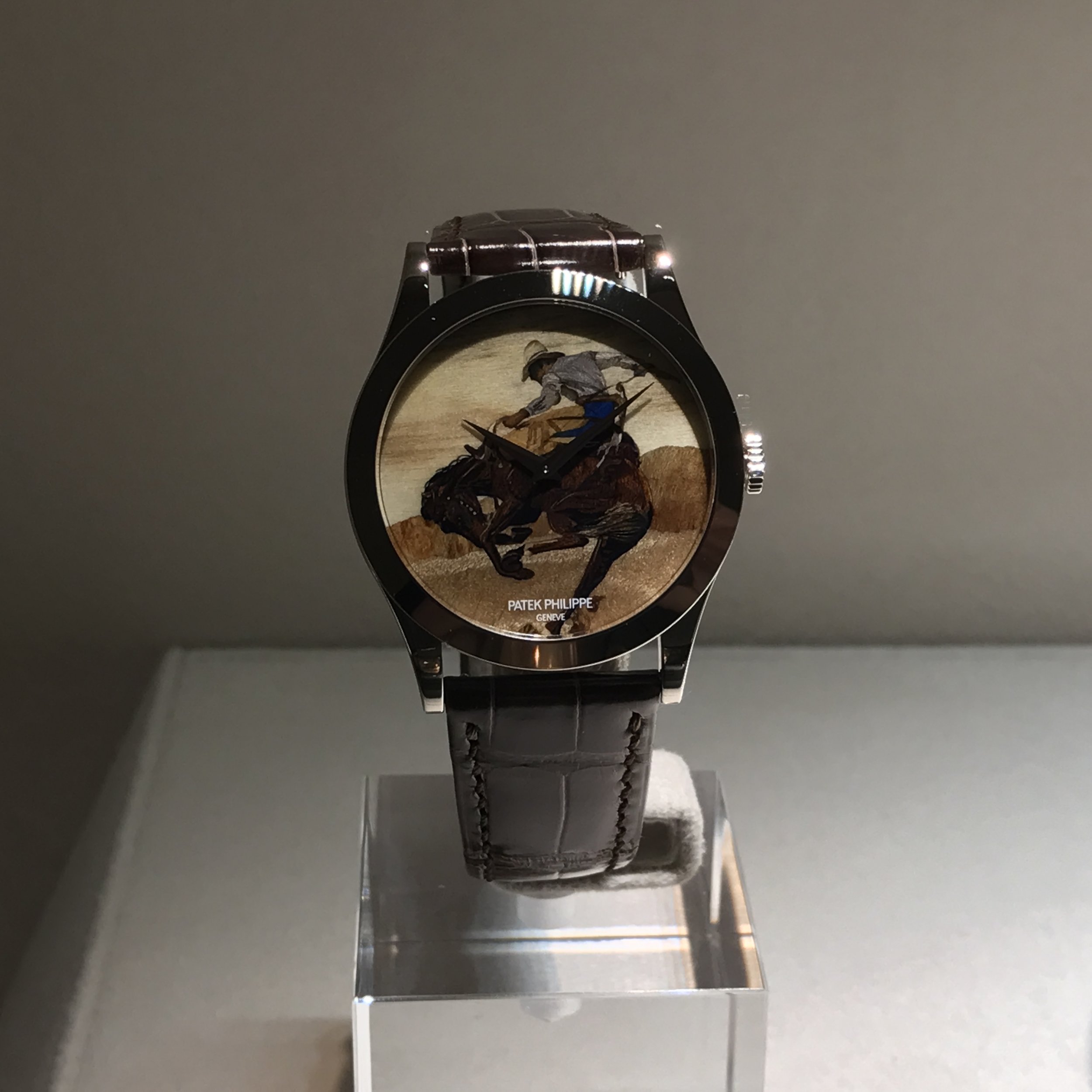
Have any questions for the artisans? A translator is on hand at each station to facilitate your conversation.
Head on upstairs (yes, upstairs!), and you're first treated to the "Watchmaker's Room", where four of Patek's master watchmakers are hard at work on movements in various states of completion.
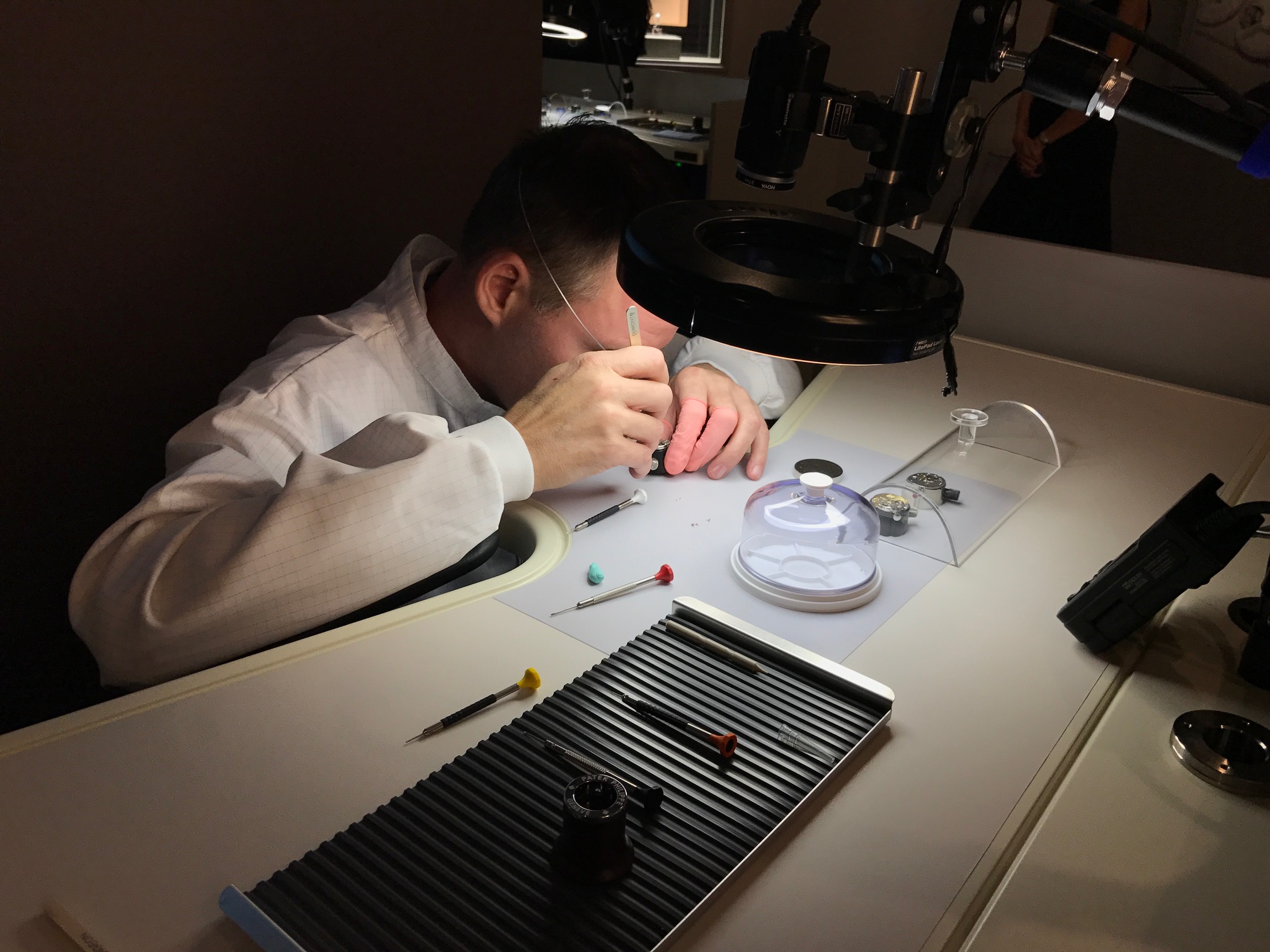 As with the artisans downstairs, they're on hand to answer questions and explain the nature of their work, as well as the design of the movements themselves.
As with the artisans downstairs, they're on hand to answer questions and explain the nature of their work, as well as the design of the movements themselves.
Remember the missing grand complications from the "Current Collection Room"? Well, you just found them. To the left of the watchmakers is the "Grand Complications Room", which houses examples of all of Patek's high complication timepieces, including rattrapantes, perpetual calendars, minute repeaters and more.
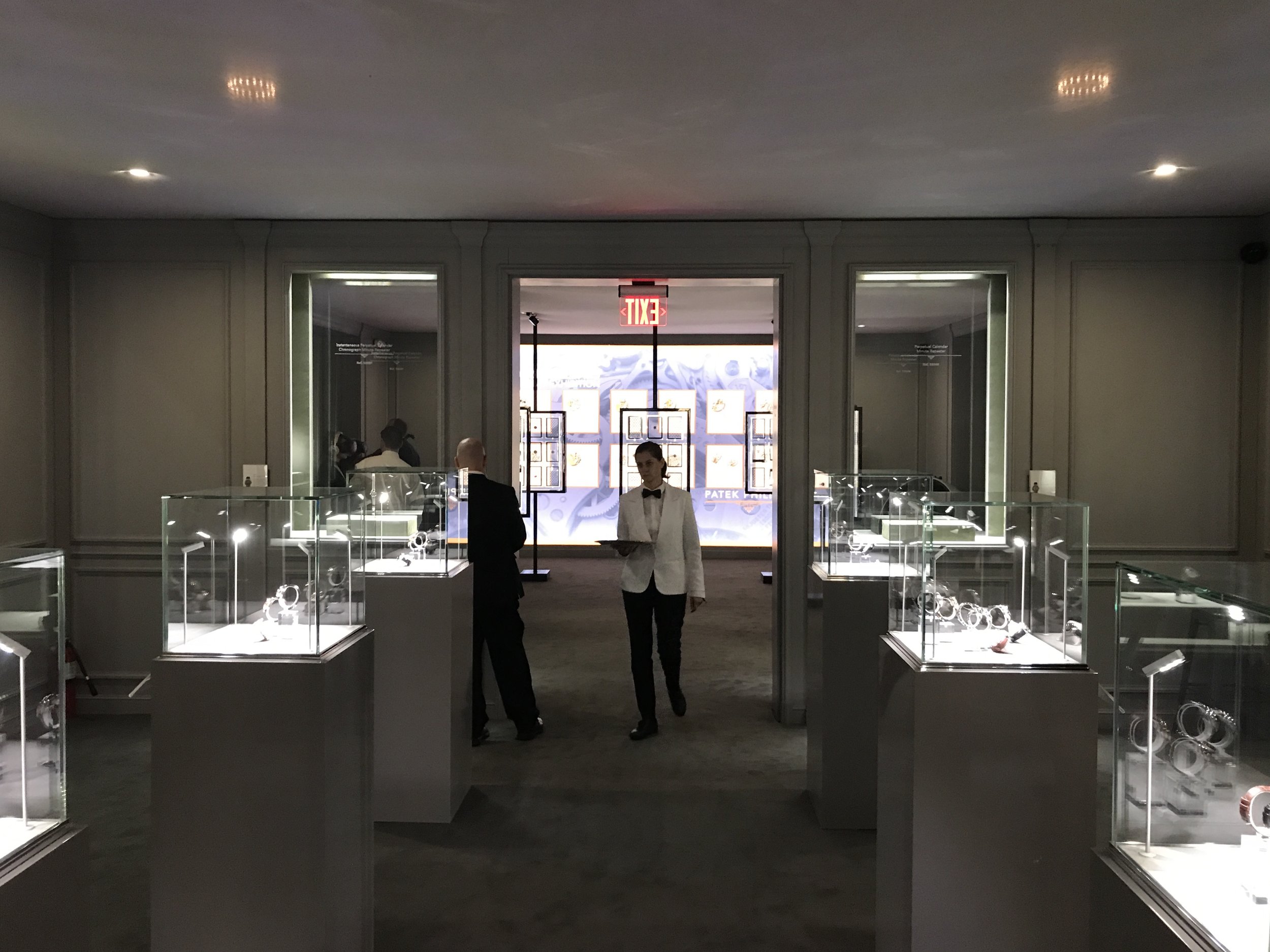
Of special note is the Grand Master Chime, which was introduced to commemorate Patek's 175th Anniversary and remains the most complicated wristwatch that the manufacture has ever produced.
Ah, and now we get to my personal favorite part the exhibition, the Movement Room:
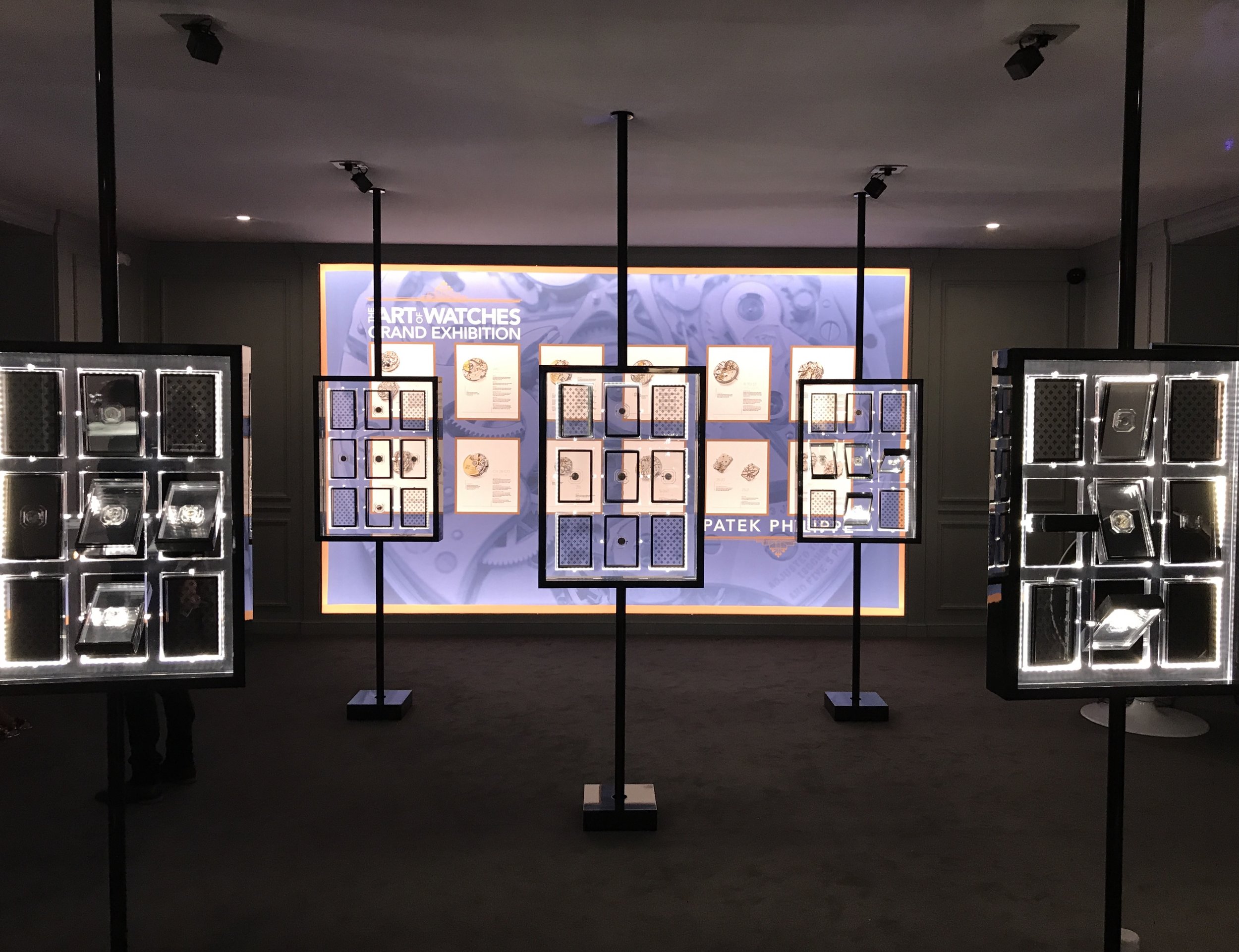
Not only does it do exactly what it says on the tin – i.e. display every movement that's currently produced by Patek Philippe – but it also features four separate virtual reality headsets that allow you to disassemble and reassemble virtual movements and then watch them expand to fill the entire room, so that you can "fall" through them and watch them in action from the inside out.

It's an absolute blast, and given that you have three movements to choose from, you have three excuses to give it a whirl.
A quick walk back through the "Grand Complications Room" and "Watchmaker's Room" takes you to the "Interactive Room", where you can watch a movie on Patek's Geneva workshops, view finished dials through a microscope and talk to a specialist, who can take you through the various aspects of a mechanical movement. It's a great note to end the experience on, and a perfect way to sum up the total of Patek's history and watchmaking acumen.
––––––––––––––––––––––––––––––––––––––––––––––––––
All in all, it's hard to overstate just how incredible – and important – this exhibition is. At a time when the industry is reeling from a worldwide economic downturn, buyer reluctance in the face of years of out of control price hikes, and indifference from a new generation of consumers, the Art of Watches Grand Exhibition makes a compelling case for traditional watchmaking as a relevant exercise to novices and seasoned collectors alike.
Patek Philippe: The Art of Watches Grand Exhibition takes place at Cipriani 42 (110 East 42nd Street) from July 13th through July 23rd. Hours: 10am-7pm. Admission is free.





